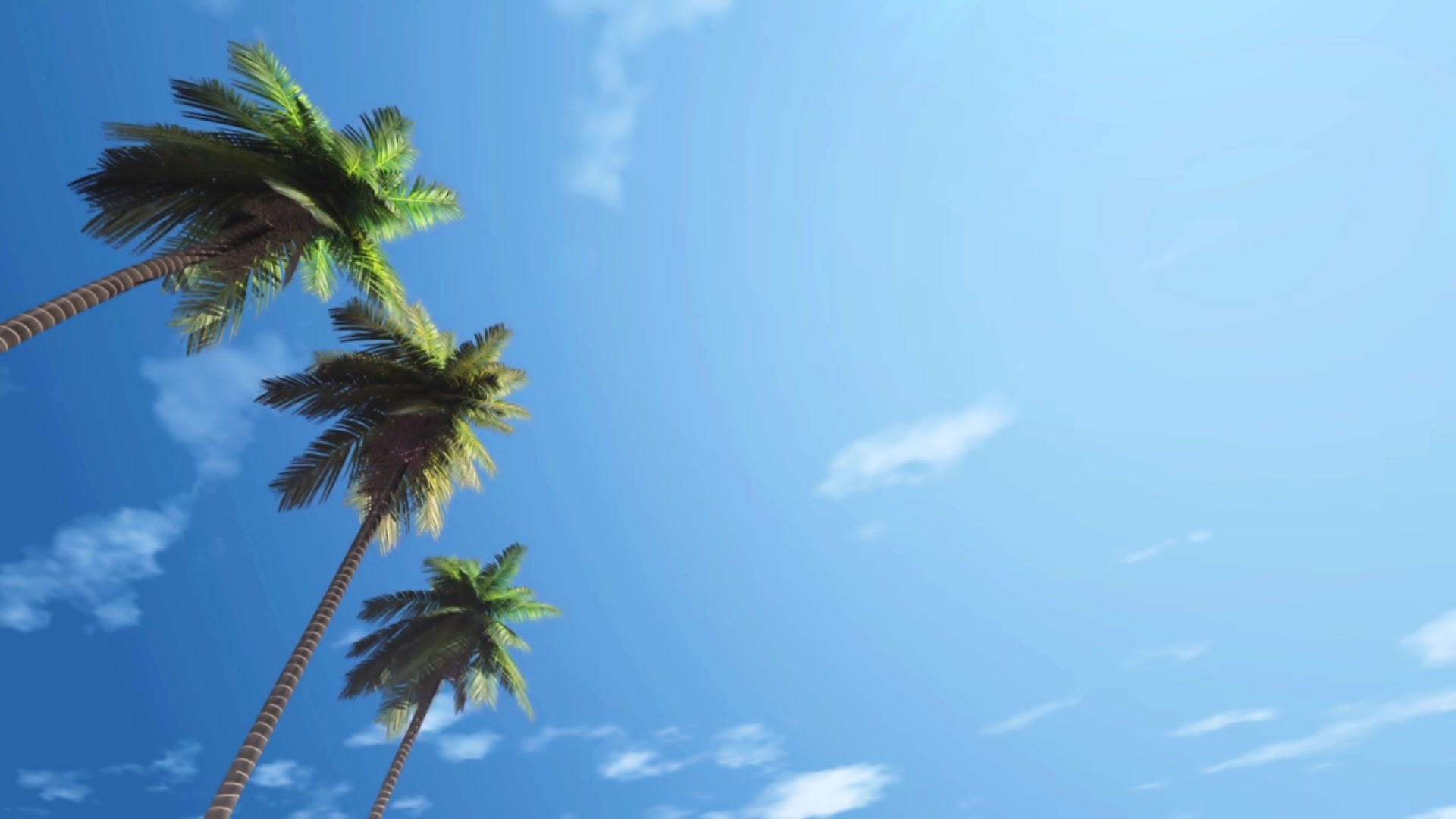
The Strong Horse Journal of Northern Virginia
703-629-6612
[24 hours for texting]
Day of Infamy
Part III – The Wounded City
A commercial ferry transports us across the Hudson River to lower Manhattan.
Upon disembarking, we are within walking distance of the former site of the World Trade Center.
It is after dark.
With the street lamps and neon signs and brightly lit buildings of Manhattan illuminating the sidewalks along our way, and with sounds of nighttime traffic in the air, we journey several blocks on foot.
Then, as we approach Ground Zero, traffic subsides and we leave buildings and bright lights behind as we come upon a vast area of dark emptiness.
Separating us from this immense dark void, we encounter a tall chain link fence. And as we draw near, we see that the fence is blanketed by an incongruous, diverse array.
It is a great patchwork, a weather-worn profusion from around the country and beyond—the expression of an outpouring of support.
There are wreaths, flowers, letters, poems, posters, photographs, stuffed animals, foreign flags—and most numerous, US flags, in varied sizes, large and small.
The sentiment we observe expressed is apparent.
From a North Carolina community college there is a large canvas of white displaying the Stars and Stripes and in bold, black letters, the words “United We Stand.” The canvas is covered with signatures in red and blue.
A German couple has sent an American flag. On the white stripes is a neatly hand-printed message: “God bless. All sympathy from Germany. Corinna and Karl.”
From a middle school in Wisconsin there is a red, white, and blue poster with an enlarged, overhead snapshot of an outdoor gathering of the student body. They are standing together to form the letters “USA.”
Our pilgrimage ends at an observation platform. There we quietly join a small gathering of other late-day visitors.
There is little to see at this hour.
In the distance are floodlights, scattered like stars across a night sky. They illuminate work areas. Muted sounds of heavy machinery can be heard—part of the around-the-clock clearing and removal operation underway since the attack.
On the platform, the atmosphere is solemn. Conversations are in undertones.
I monitor the time. It is just after 9:00 p.m. At 9:11, I snap a photo of the distant lights.
In the assemblage we meet Ana, a New York City employee who speaks with a foreign accent.
Ana works at the South Street Seaport, which, we learn, is nearby. She was on her way to work on the day of the attack.
Ana shares with us an eyewitness account of the morning of September 11th.
From the Number Seven Queens train, Ana states, she saw the fireball of the second airliner impacting the tower.
Walking along Church Street, passing the World Trade Center, she paused when she saw bodies falling. When she could no longer bear to watch, she continued on.
Minutes later, the first tower collapsed.
She saw a huge cloud of dust and debris coming toward her. She ran for her life, as did the pedestrians around her.
She was knocked down by a man running by. With an apology, he stopped briefly, helped her to her feet, and they ran for cover.
We take the ferry back to Jersey City.
At our hotel, we chat with Elecia, on duty at the Front Desk. Elecia tells us that her mother was in the World Trade Center at the time of the attack.
She was on the eleventh floor, Elecia says, and evacuated safely.
